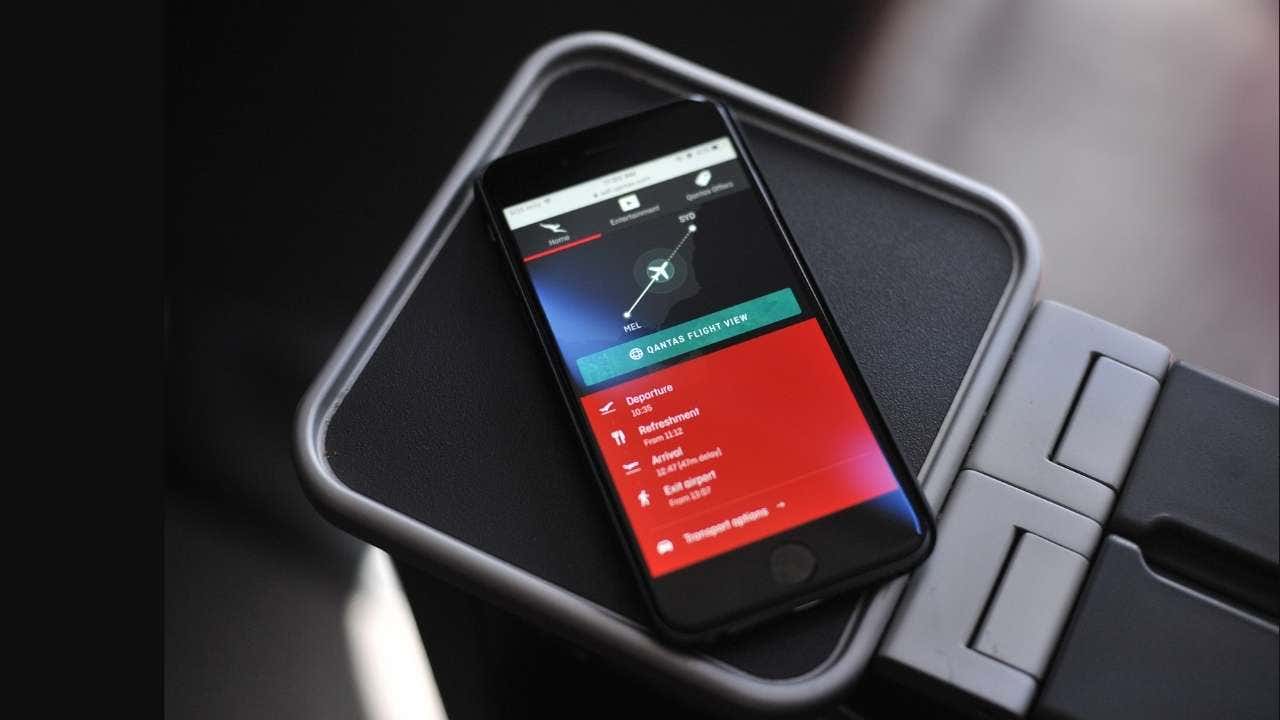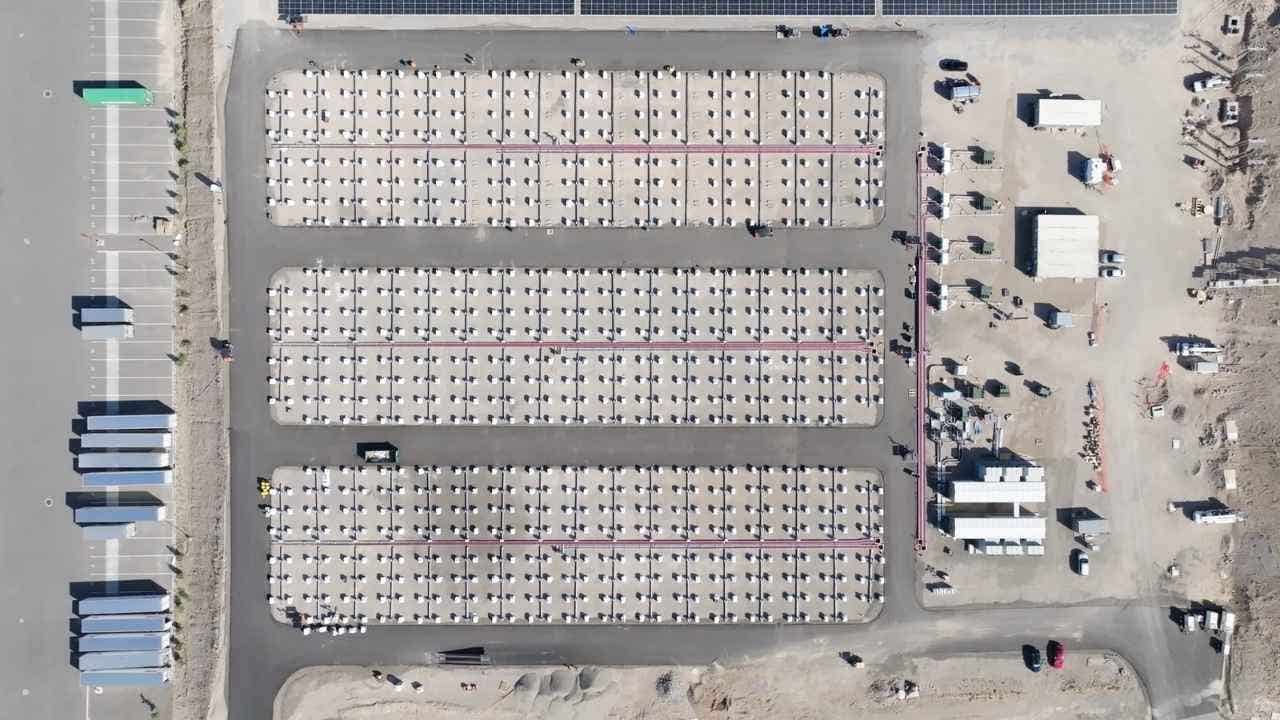Heads up! Soviet-era probe to re-enter atmosphere this week, could make it to the surface

Fifty years ago, the former Soviet Union attempted to send a probe to Venus. Unfortunately, the mission did not go as planned. The rocket engines shut off prematurely, causing the probe to become stuck in Earth’s orbit. Now, after all these years, the probe, known as Kosmos 482, is finally making its way back to Earth.
Launched on March 27, 1972, Venera 8 was one of a pair of probes designed to study the surface of Venus. However, the second probe, which became Kosmos 482 after getting stuck in orbit, never made it to its intended destination. Now, it is estimated to weigh around half a tonne and is expected to re-enter Earth’s atmosphere around May 10.
What makes Kosmos 482 unique is that it was built to withstand Venus’s dense atmosphere. This means that unlike other objects that re-enter Earth’s atmosphere and break up, Kosmos 482 is likely to survive the journey back home. Astrophysicist Jonathan McDowell reassures that while the probe will be traveling at a speed of 240 kilometers per hour, there is no need to panic. He compares the potential impact to that of a small plane crash and advises against standing directly underneath the re-entry path.
Tracking expert Marco Langbroek has been monitoring Kosmos 482 for many years and predicts that it could come down anywhere between 52 degrees north and 52 degrees south latitude. While there is a chance that the probe could land in a populated area, McDowell believes that it is more likely to land in the ocean due to the Earth’s predominantly water-covered surface.
This re-entry event is reminiscent of NASA’s Skylab re-entry in 1979, where debris fell over the Indian Ocean and parts of Australia. However, unlike Skylab, which was much larger and not designed for Venus’s atmosphere, Kosmos 482 is specially built for such conditions. There is some uncertainty about whether Kosmos 482 is the descent craft or the service module from the original launch, but based on its size and density, experts lean towards it being the Venus lander.
As an uncontrolled re-entry, the exact location and time of Kosmos 482’s descent are difficult to predict. McDowell emphasizes that it will only be known where the probe landed after the fact. Despite the uncertainties, experts believe that the chances of the probe causing harm to individuals are minimal, with the likelihood of it landing in an empty or oceanic area.




